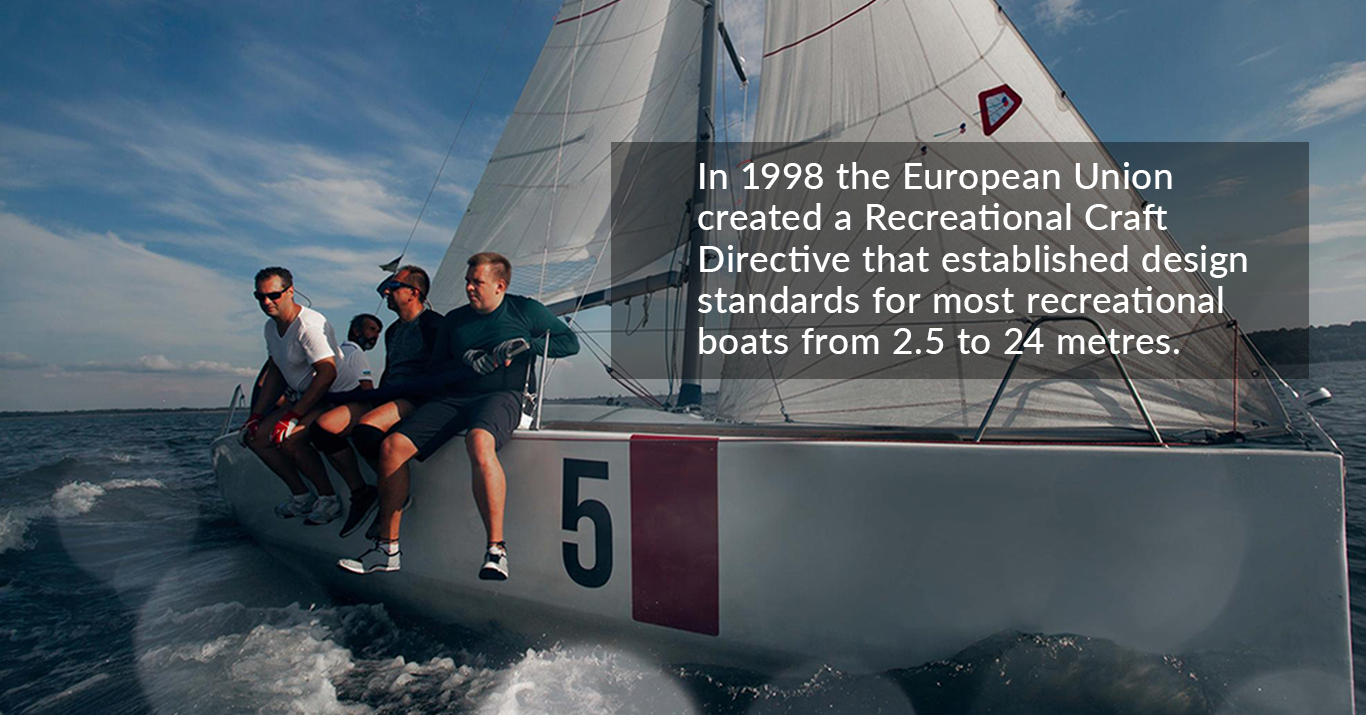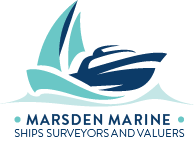

Greg Marsden is an Associate Inspector with the IMCI, specialising in CE (European) and CA (UK) vessel certification and ISO compliance.
In 1998 the European Union created a Recreational Craft Directive 2013/53/EU (RCD) that established design standards for most recreational boats from 2.5 to 24 metres (8 to 79 feet).
The RCD is a regulation at European Union (EU) level to ensure sustainable development from an economic, social and environmental perspective. Watercraft and their components sold in the EU must comply with harmonised technical safety and environmental requirements and meet the administrative obligations defined by the RCD.
These safety and environmental requirements refer to the design and construction of the craft with specific limits for exhaust and noise emissions as well as for some of the craft’s components.
RCD requires that manufacturers keep a technical file of all relevant data and officially declare the conformity of their products. A CE marking must be affixed to the product and users must be provided with detailed information about safety and maintenance.
These products are covered by the RCD
- Recreational craft between 2.5 and 24 m hull length
- Personal watercraft
- Used and converted watercraft
- Marine components
- Marine engines
Details of the certification process
A product can only be CE-marked after its successful assessment by IMCI. In order to achieve this IMCI
- Checks the relevant technical files, and
- Physically inspects most products.
The inspections are done by CE-Inspectors of IMCI directly at the manufacturer’s facilities. The Inspector co-operates closely with the IMCI headquarters in Belgium which, after a positive assessment, issues the CE certificate. After that the manufacturer can issue his Declaration of Conformity.
The core business of IMCI is the CE-certification of watercraft and their components according to the Recreational Craft Directive of the European Union.
For the UK, CA-certification IMCI (UK) has already completed the accreditation process according to ISO 17020 and ISO 17065 and has been accredited on 3 May 2022 under the “UK Recreational Craft Regulation (as amended)” as Inspection and Certification Body No. 22120 by UKAS (United Kingdom Accreditation Service), the British accreditation body.
New and used boats sold in Europe, including boats built in the US – or anywhere else – for export to Europe, must be certified as complying with one of four design categories.
The following four design categories help to quantify a boat’s degree of seaworthiness, based on the wave height and wind speed the boat is designed to encounter and handle. The further offshore the vessel is expected to venture, the higher are the expectations for construction strength, stability, freeboard, reserve buoyancy, resistance to downflooding, deck drainage and other seaworthiness criteria.
- Category A – Ocean
- Category B – Offshore
- Category C – Inshore
- Category D – Inland or sheltered coastal waters
For further information do not hesitate to contact us.
Our CE & CA Services
- Inspection
- Certification
- Consultation
